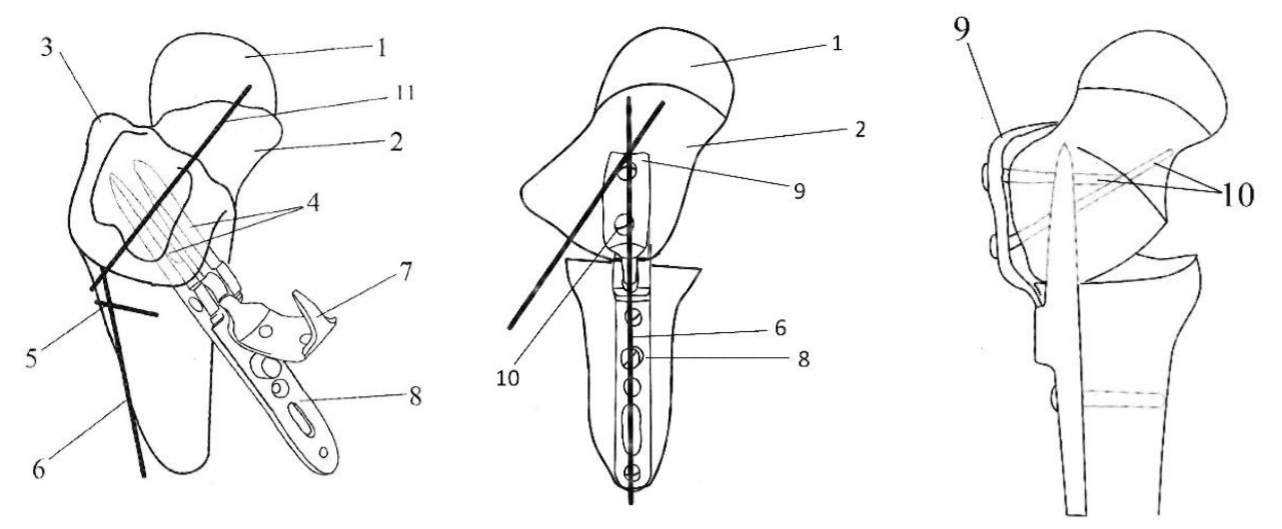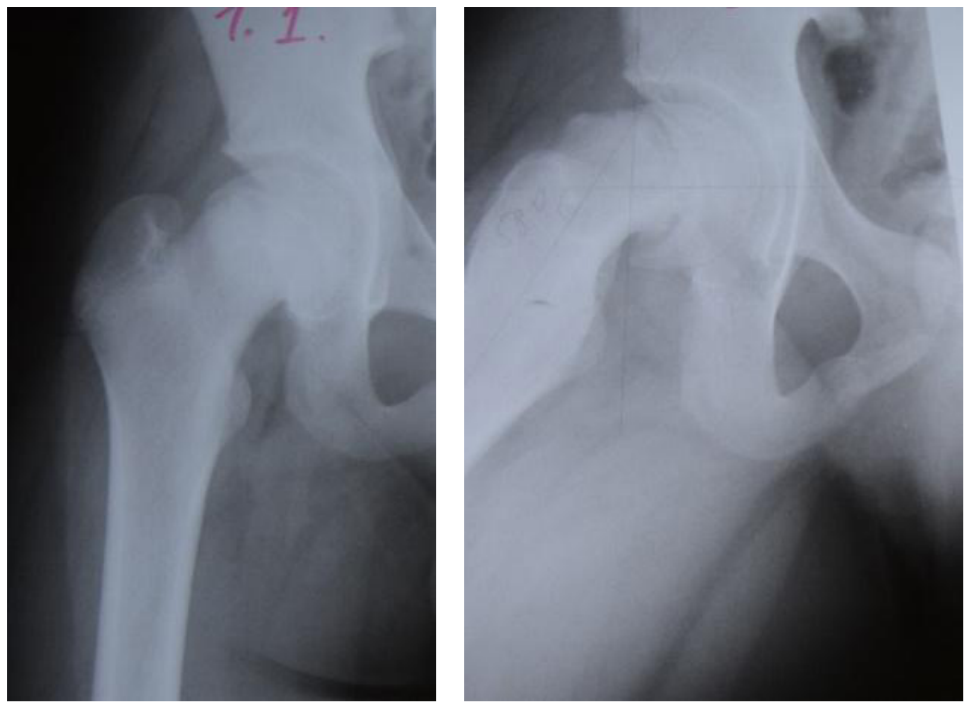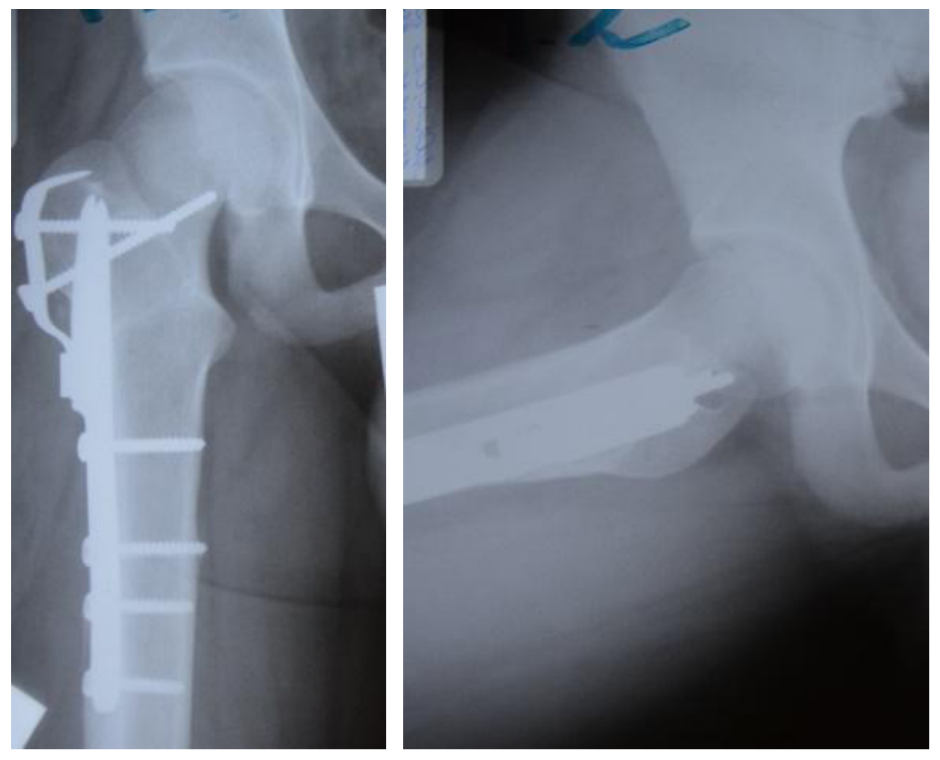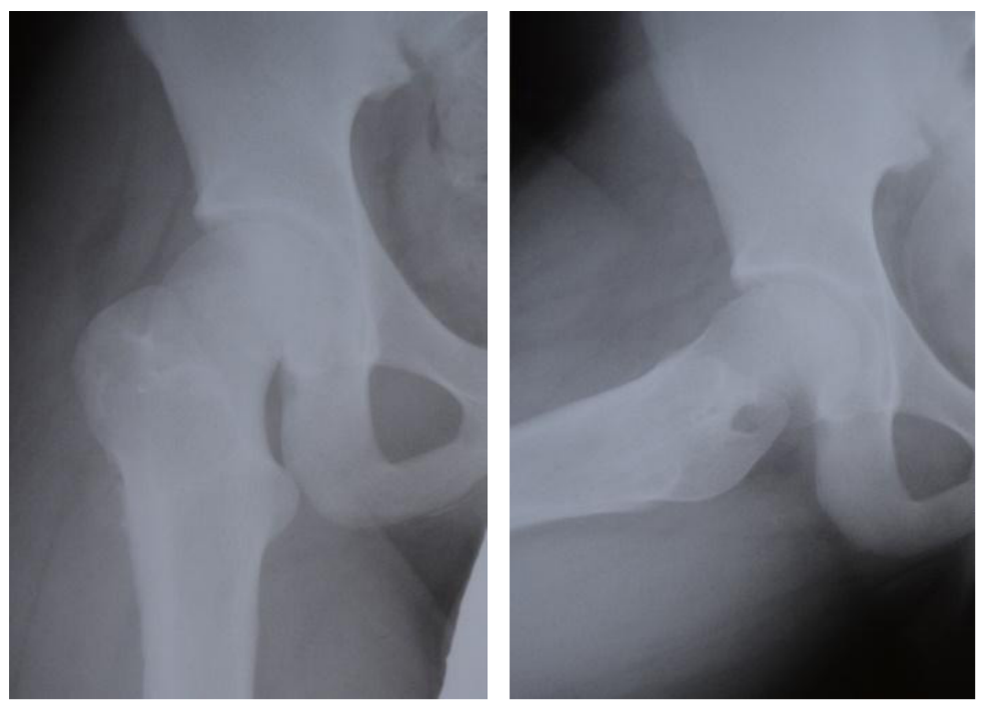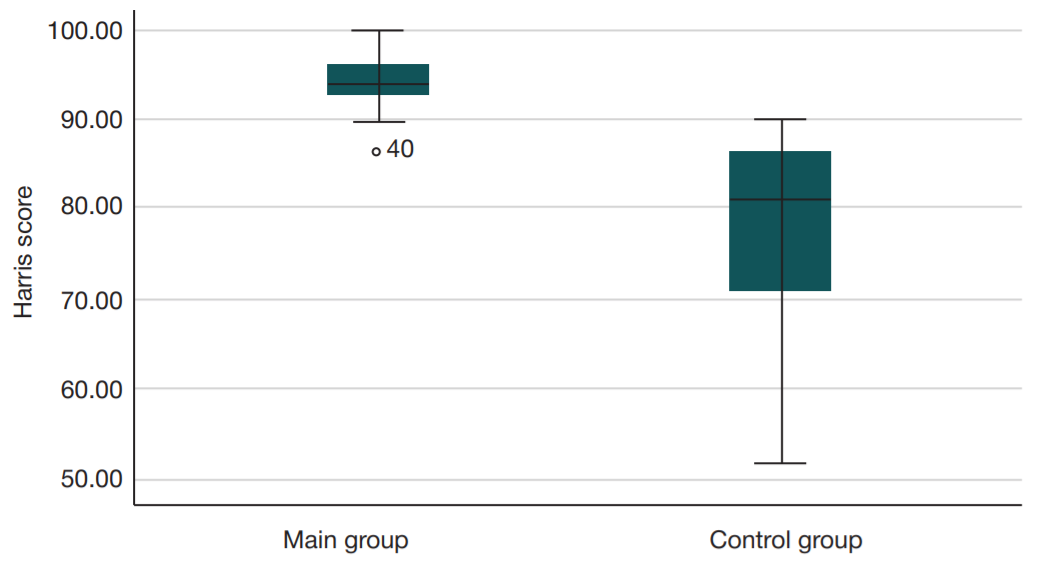
This article is an open access article distributed under the terms and conditions of the Creative Commons Attribution license (CC BY).
ORIGINAL RESEARCH
Medium-term outcomes of extraarticular corrective osteotomy for slipped capital femoral epiphysis
1 Pirogov Russian National Research Medical University, Moscow, Russia
2 Moscow Regional Clinical Hospital for Trauma and Orthopedics, Moscow, Russia
Correspondence should be addressed: Alexandr V. Grigoriev
Poperechny prosek 3/5, kab. 23, Moscow, Russia; ur.liam@veirogirgva
Author contribution: all authors contributed equally to the study and the manuscript, all read and approved the final version of the manuscript.
Compliance with ethical standards: the study was approved by the Ethics Committee of Pirogov Russian National Research Medical University and complied with the principles of the Declaration of Helsinki. Informed consent was obtained from the patients’ parents.
